Save Snow Leopards
Why Saving Snow Leopards is Crucial for Both Conservation and Local Communities
Introduction
When we talk about snow leopards, we’re not just talking about another species. We’re talking about an integral part of our planet’s natural balance and a majestic creature that plays a vital role in the ecosystem. Just as importantly, we’re also talking about how our actions as human beings impact the communities that live near these remarkable animals. This is why we need to focus not only on snow leopard conservation but also on creating financially incentivizing methods for local communities to participate in their protection.
The Majestic Snow Leopard: An Integral Part of Our Ecosystem
Snow leopards are apex predators in the high mountain regions of Central Asia. Their presence is a sign of a healthy ecosystem. They help control the populations of other animals, contributing to biodiversity, which, in turn, leads to a more resilient environment. If we lose snow leopards, we risk upsetting the delicate ecological balance, which will have a ripple effect on various species, including humans.

The Human-Snow Leopard Conflict: A Delicate Situation
Local communities in snow leopard habitats often suffer from human-wildlife conflict. Livestock predation by snow leopards can lead to substantial economic losses for these communities. This is one of the main reasons why snow leopards are sometimes killed or captured, further endangering an already vulnerable species. Understanding this conflict is key to finding mutually beneficial solutions.
Financially Incentivizing Snow Leopard Conservation: A Win-Win Strategy
To protect snow leopards and support local communities, it’s crucial to create programs that are financially beneficial for the people living near these magnificent creatures. This can involve:
- Community-based Tourism: Create eco-tourism opportunities that focus on snow leopard spotting, which will bring income to local communities.
- Livestock Insurance: Implementing livestock insurance can ease the financial burden on farmers when a snow leopard kills their livestock.
- Handicrafts and Local Produce: Promote the production and sale of local handicrafts or produce that educates the buyer on snow leopard conservation.
- Conservation Stipends: Offering direct stipends or benefits to communities that actively participate in conservation efforts can also be effective.
- Education and Training: Teach locals sustainable farming and herding practices to minimize human-wildlife conflict.
The Ripple Effect: From Local to Global
By empowering local communities to take an active role in snow leopard conservation, we’re also setting a global example of how humans and wildlife can coexist in harmony. As we build these partnerships, we are one step closer to a world where both humans and animals can thrive, understanding that we are all connected, we are all ONE.
Conclusion
The urgency to save snow leopards from extinction goes beyond just protecting another species. It’s about acknowledging the interconnectedness of life and ensuring that both animals and humans can prosper. Financial incentives for local communities not only help preserve the snow leopard but also improve the quality of life for people living in these remote regions. When we prioritize conservation, we are not just saving snow leopards, but we’re also saving ourselves.
#bigcatrescue, #conservation, #snowleopard, #communitybasedconservation, #ecosystem
Find out more about current snow leopard work by searching “snow leopard” on the Insitu page and the previous InSitu pages.
Save the Snow Leopard From Extinction

Field Update 2009:
TERICH VALLEY: SNOW LEOPARD SURVIVAL ISSUES,IN THE HIGH HINDU KUSH REGION OF CHITRAL.
INTRODUCTION:
The district of Chitral, in the extreme north of Pakistan, is hemmed in by lofty peaks of the Hindu Kush range and has scores of main and side valleys with the snow line at around 16,400 feet on the south faces and 14,800 feet on the north. The highest section of this big chain of mountains lies within Chitral. The southern parts of Chitral have enough forest resources but a greater part to the north is barren, without many trees. The few found in years past have been cut and burned due to a shortage of other sources of fuel. These valleys host wild life like markhor, ibex, Snow Leopards, wolves, foxes, lynx, bears, snow cocks, partridges, quails, kites, vultures, crows, rooks, magpies, crows, falcons,* hawks, and a host of other species. Under the government Wild Life Rules all kinds of wild life is protected and watched by staff to check for illegal hunting. The law especially protects Snow Leopards and hunting one is culpable of punishment by imprisonment and fines.
Traditionally the Snow Leopard is not hunted as there is no market for its parts nor is its meat edible under the rules of Islam so the cat is both religiously and legally protected. It seems to have a good population in this region, and the number seems constant according to the estimates of 76 cats in Chitral Hindu Kush and the adjoining foothills. The estimate was made in 1983-84 by pugmarks, predation reports, occasional sighting etc. This big cat lives, breeds, feeds and is seen frequently in the Roshgol, Udren and Atahk, valleys of Terich, [High Hindu Kush] Chitral. The Snow Leopard feeds upon ibex and markhor as well as other smaller wildlife as freely as it desires. The cat comes down to the valley floors in winter when heavy snow fall compels it to descend to lower altitudes. While in the lower regions the Snow Leopard poses a threat to domestic animals.
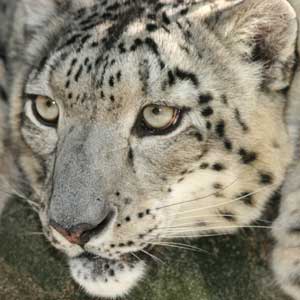
This article is focused on the constraints faced by Snow Leopards in the above named valleys and side valleys of the high Hindukush section and the threats faced by this big cat in this particular region. The traditional knowledge and indigenous approach as well as the info from other distant valleys, where it is also seen but only sporadically, has proven interesting, but the above mentioned valleys have been famous for the presence of this cat due to reports in January 2006 about an old Snow Leopard roaming in the valley at nights. [Cf. google-roshgol]
Though the Wild Life Department Watchers staff carries out regular reconnaissance, vigilance and a rough census each year on the number of ibex and markhor there has been no update of data about Snow Leopards. In spite of the fact that local poachers do considerable damage to ibex and markhor populations they are subject merely to soft penalties. Consequently, with the decrease in the number of these prey species, the Snow Leopard has less and less food and thus it becomes compelled to descend to villages where it hunts domestic animals such as goats, oxen etc. This subjects the cat to the most danger because the owner will avenge his loss by trying to kill the Snow Leopard. Even though it has been declared an endangered species that does not deter a man who suffers loss of livestock from killing the cats in retribution. The government does not compensate for any loss sustained by the owners of the cattle or goats. Moreover the terrain is torturous, with high gorges, such that poaching cannot be easily detected. The wild life watchers do not have modern devices to determine the movement of wild life, especially the big cats. The poachers pose a threat for the lives of the wild life watchers in the far-flung mountain regions which are the primary habitat of the wild life.
More than four decades ago there were different rules pertaining to big game in this part of the country. Snow Leopards in this valley were neither killed, then nor now, for their meat or any other part of their bodies, despite it being fashionable or lucrative in other parts of the world. Only once a group of hunters from my own village, I recall, did kill a Snow Leopard when they found it trying to overcome a big ibex. The Snow Leopard was allowed to weaken the ibex first and when they were sure the ibex was no longer able to fight back they opened fire on the big cat and killed it and the ibex as well. The Snow Leopard was skinned and brought to the village. The cat was stuffed and placed on display as a show of victory. It was my first close view of a Snow Leopard. It was an unusual size. Some years later another big cat entered a goat pen in a nearby village in winter and was killed by the owner of the house, for the loss it had wrought to the flock of the man concerned. Both cases occurred in the Terich valley of Chitral in the early 60s.
My first close encounter with a live Snow Leopard occurred when I was in my early 20s, when I was out for a quail hunt with a shotgun. It was early in the morning but the sun was already up and I was waiting, just sitting over a rock, looking down the side of the slope. Feeling too cold, I changed my position and just then saw a Snow Leopard ambling at about 50 feet from me on the avalanche glacier with its long tail stretched out equally as long as its body. It was heading towards the upper slopes of the valley and its spots were distinct and very noticeable in the early sun light. This was my first close sight of a Snow Leopard and I watched it move along very gently and gracefully. I did not move from my position but watched the cat’s gait as it walked over the glacier. It was a good stretch of flat ground so I enjoyed the sight for about ¾ of a mile when the cat finally disappeared behind a ridge.
About 15 years ago a Snow Leopard attacked another goat pen in a nearby village and was reported to Wild Life staff that contacted the Snow Leopard Trust volunteer at Islamabad. The great cat was then tranquilized, transported and then released in Chitral National Park.
Goat herders and pastoral communities spend the summer months in the distant valleys of this region and keep rifles to protect their flocks. They are reported to shoot wolves and big cats whenever their flocks are attacked but the news is kept secret for fear of the Police. They keep their weapons concealed in secret slots in the grazing grounds and slopes. In the old days whenever a big cat was seen entering a summer pasture, or after an attack on the flock, the herders did not have rifles. They used traditional methods of scaring off the cat by beacon lights. That is by blazing a big fire day and night and this fire and smoke was typically enough to scare away the Snow Leopards. Now the fire wood stock has been almost entirely depleted from the valleys and such a fire beacon system is no longer possible. Rifles are a handy alternative, secretly kept, and used to keep the flocks safe.
Three years ago I received a report in May that a Snow Leopard was seen dead in an avalanche glacier. Some boys were up on the hills to collect firewood when one of them saw a Snow Leopard in a sitting position, in the middle of the glacier. The group signaled to each other and ran down as fast as they could, for they feared an attack. They told the story to their friends in the village and the following day another party went up to check but found the Snow Leopard sitting as it was on the previous day. Thinking something amiss they moved closer, checked with binoculars, and found its lower body sunk deep in the ice. Upon later discovery, they found the Snow Leopard dead. A winter avalanche had carried the cat away. By the beginning of the summer the snow had melted and the upper part of the body was visible but the rear end was still encased in the avalanche debris.
Some valleys of the High Hindu Kush mountain system i.e. Roshgol, Udren, Atahk, etc. have the largest expanse of glaciers of the region. They drain into the main Terich valley. These valleys have been favored Snow Leopard habitat since time immemorialial for their rugged and vast wilderness, richness in flora, abundance of ibex as well as the local peoples’ compliance with game Laws. But times have changed and now the big cat is in real trouble due to:
- Great increases in human population in the Terich valley and unemployment.
- Over- use and cutting of trees in the wild life habitats, for use as fire wood due to extreme cold and windy winters. The growth of human population is in close proximity to the largest glaciers of the region with no other source of energy available.
- Poor enforcement of wild life control systems.
- Easy access by people to weapons for hunting.
- Absence of recreational facilities for young men who turn to sport hunting and cause damage to all wild life.
It is to be noted that this region of North Pakistan gets rain and snow only in the winter. The clouds come from the West; Caspian and Mediterranean Seas. This snowfall is heavier some years than others, so the intensity of winters varies, but there is no such authentic data about rainfall. In summer this region remains very dry from May to November and this has an adverse effect on the life and products of the region where double crops are grown up to 7000 feet and above that only one crop can be grown each year. The human population explosion, small size plots for farming, one crop a year, long and severe cold winters, low literacy rate, non-availability of medical or health facilities etc. have made life too hard for the local people and therefore poaching is increasing day by day to aid their survival.
The arrival of Snow Leopards in the vicinity of the villages in the Terich valley, at the base of Roshgol valley, is an age-old phenomenon where the Snow Leopard announces its presence in December to February. Sighting vary, on and off, as the higher parts of the hills are covered in deep snow and Snow Leopards know the routes to navigate the slopes in winters to avoid avalanche sites. The Snow Leopard reports its arrival in the very cold season by its deep-throated calls at night from certain ridges on its route, staying at the cats’ favorite spots for some days. They often travel in twos and frighten children by their calls at nights. Normally they don’t attack domestic animals but, driven by hunger for longer periods, they attack goats outside the villages. They get most of their sustenance from the ibex flocks after much careful stalking. They are not a danger to humans, as they never attack humans even if they come across them on the mountain tracks. There has never been a record of an attack on humans in the history of the region.
* In the old days of Chitral hawks and falcons were trapped and trained for hunting but in modern days a special kind of this species known as Churkh is caught under license and exported to UAE.
Research & written by:
Professor Rahmat Karim Baig
Government College Chitral, Pakistan.
E. Mail: karimbaigcl@yahoo.com
baigshushgal@gmail.com
Website: www.hindukushadventureguides.com
The Snow Leopard Trust
In 1997 our current President, Jamie Veronica, then age 16, came to me with what was possibly the ugliest, scratchy brown, round, wooly thing I had ever seen. I wasn’t sure what it was, but she was brightly insisting that if we could figure out a way to sell them we could save the snow leopard in the wild. As she shared the newsletter from the Snow Leopard Trust announcing its new program to sell handicrafts made in Mongolia to encourage the local people to protect the snow leopards it seemed like a good idea, brilliant in fact, but who was going to buy this stuff?
Our modest number of visitors who have come into our living room/ gift shop after walking for two hours in 95degree heat, were not going to be clamoring to buy hats, scarves and mittens made from camel wool. Maybe those round things could serve some purpose; oven mitt? door mat? wooly Frisbee? Sales were slow, but Jamie persisted and we always had some sort of Irbis Enterprise gear, now known as Snow Leopard Enterprise, since no one spoke Mongolian and knew that Irbis is their word for Snow Leopard.
When Cynthia and Sharon took over the gift shop in 2005 they brought new passion to the task of selling a broader array that now includes Christmas tree ornaments and pet toys and sales began reaching a more respectable level. One whole corner of the gift shop explains how the sale of these items helps save the snow leopard in the wild.
A few months ago, Dr. Tom McCarthy, the Conservation Director for the Snow Leopard Trust, came to Big Cat Rescue and wowed us with his stories of tracking the elusive cat and he shared with us a breathtaking slide show of the cats living wild and free. Even those of us who hate the cold found ourselves thinking how marvelous it would be to hike up so high that the air was barely enough to breathe, to face the dangers of steep rocky trails and great icy ravines just so we might catch one fleeting glimpse of these magnificent snow leopards living in all their glory at the top of the world. We were so inspired that we began promoting the Snow Leopard Enterprise items in the gift shop more than ever. We understood just how crucial each sale was to protect of these exquisite cats.
On September 27, 2006 the Executive Director of the Snow Leopard Trust, Brad Rutherford, came to Big Cat Rescue to tell us more about the work that is being done to save the snow leopard from the aspect of building relationships. Whether it is in your family, in your business, in your country or on your planet, it all comes down to relationships.
The snow leopard lives in regions where the average person makes the equivalent of $1.00 per day. Most of the people who share the same highlands with the snow leopard are herders and to them, the loss of one sheep or goat can mean the difference in their survival. Most of the snow leopards that are killed are retribution killings; meaning that the cat has been blamed for killing one of the herd and the herdsman has killed the next snow leopard he saw. The herdsman can eat the cat and sell the hide for 25.00 which for them is a month’s wage. There are many other middle men along the way who are anxious to get their hands on a snow leopard pelt or penis for the Asian medicinal trade or for the black market. The pelt dramatically becomes more valuable as it goes down the line and can cost $5,000.00 or more to the final buyer. Brad pointed out, that it is a good thing that the dead animal is worth so little to the people who are most responsible for killing them however as that makes this practice far more financially feasible to stop.
The Snow Leopard Trust members in China, India, Kyrgyz Republic, Mongolia and Pakistan work closely with the local people to find out what they need. In some cases, they can create handicrafts like those we sell and make five times what they can make from herding. Over the years, the Snow Leopard Trust has brought in marketing people and craftsmen to show the local people how to create items that are marketable.
In some cases, parasites wipe out 10 times as many of their livestock as do predators, so by providing vaccines and wormers, they can help the herders save far more of their flock. What the Snow Leopard Trust does, differently than most who have come before, is that they LISTEN, find solutions that everyone is happy with and they make the programs self sustaining so that the indigenous people can take pride in their accomplishments and not be reliant on charity.
The programs are structured with reducing reliance on Snow Leopard Trust funds for each consecutive year and to remain in the program the community must ensure that no snow leopards are killed. If anyone in the community kills a snow leopard, the entire community risks losing their right to participate in the program for a year and that is enough to keep everyone watching out for the snow leopard. Their claims of protection must verified by the game wardens and governmental agencies who actually have incentives to discover poaching because they are often paid a portion of the confiscation if they can catch a poacher.
We may never get to see one of these glorious cats leaping 40 feet from one rocky ledge to another in an effortless ballet but we can watch our Snow Leopard Trust Screen Savers and imagine what it would be like to stand there in awe at the sight of them living free and we can do it knowing that by purchasing the screensavers and other great Snow Leopard Enterprise items online we helped make that dance possible. Brad told us that next to his organizations’ founders’ zoo in Seattle, Big Cat Rescue is the largest retailer for Snow Leopard Enterprises.
Check out this audio interview with Peter Mattiessen on his book The Snow Leopard.
Read older Snow Leopard news
Big Cat Rescue is saving snow leopards. We post the latest in snow leopard news here and in our newsletter Cat Tales. We gather news from around the world DAILY and forward it to The Global Federation of Sanctuaries and the Captive Wild Animal Protection Coalition, of which we are a part, who are actively involved in saving snow leopards. See what you can do to help save these exotic cats in captivity and in the wild. Great Cats are in peril around the world and need people like you, who care about snow leopards and other exotic cats to help save them from the brink of extinction. Big Cat Rescue is working to make it illegal to sell snow leopards as pets and is diligently striving to improve conditions for big cats in zoos and circuses.
The Wildlife Conservation Network is an organization that shares our belief that the money should go to the animals and not be wasted on salaries and benefits for those who are doing the fundraising. If you contact them and say you want 100% of your donation to go to the snow leopards in the wild, that is exactly what will happen. Rodney Jackson and Darla Hilliard wrote Vanishing Tracks about their field work for four years in the Himalayas with the elusive snow leopard. They founded the Snow Leopard Conservancy and are supported in part by Wildlife Conservation Network. To read more about this conservation effort go to: https://www.wildnet.org/snowleopard.htmTo make a donation to help save snow leopards in the wild go to www.WildNet.org To make a donation to help save them in captivity go to the Make a Difference button at left.
Snow leopards are the most elusive of the great cats – perfectly camouflaged for their rocky mountain habitat in the Himalayas and the mountains of Central Asia. Despite living in some of the harshest terrain on earth, and at the highest altitudes, snow leopards are seriously threatened in the wild. These cats share the high mountains with nomadic herders who eke out a subsistence living with their yaks, horses, sheep and goats on the alpine pastures. Conflicts arise between these tough mountain people and snow leopards when occasionally the cats try to take domestic livestock, which the people depend on for every aspect of their life. When this happens, the people sometimes try to kill the cats in retribution. Poverty leaves them no other option.
The International Snow Leopard Trust is dedicated to “conserve the endangered snow leopard and its mountain ecosystem through a balanced approach that considers the needs of local people and the environment.” One of the programs being implemented helps the nomadic herders who share the mountains with snow leopards to increase their household income by making and marketing handicrafts. In return for the extra income herders commit to specific actions that will help the snow leopard. This program is called Irbis Enterprises (Irbis means snow leopard in many central Asian languages, including Mongolian) ISLT also supports ways of reducing livestock losses so that conflicts do not occur so often.
You can directly support these efforts by joining the International Snow Leopard Trust or – even better – by purchasing some of the handicrafts made by the people who are the MOST important link in ensuring the cats survive in the wild for ever. Please visit The international Snow Leopard Trust Web-site: www.snowleopard.org for more general information about snow leopards in the wild. Go to the Irbis Enterprises Web-site to see products made by the herders and to learn more about conservation efforts in Mongolia www.irbis-enterprises.com Thanks so much for your passion for cats, they need all the help we can give!
You can buy some of these items on line in our secure gift shop. Look for Snow Leopard.




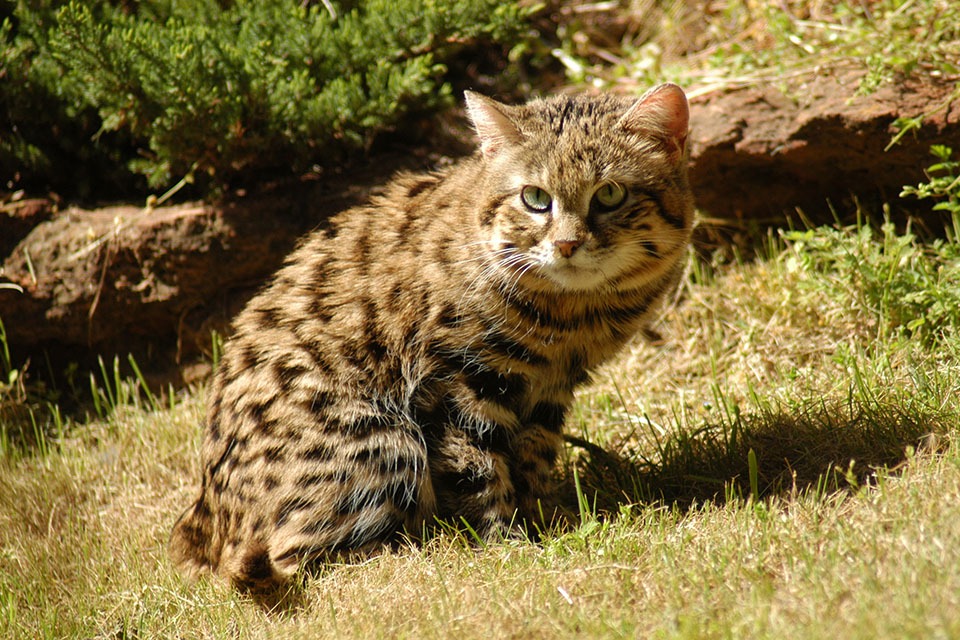
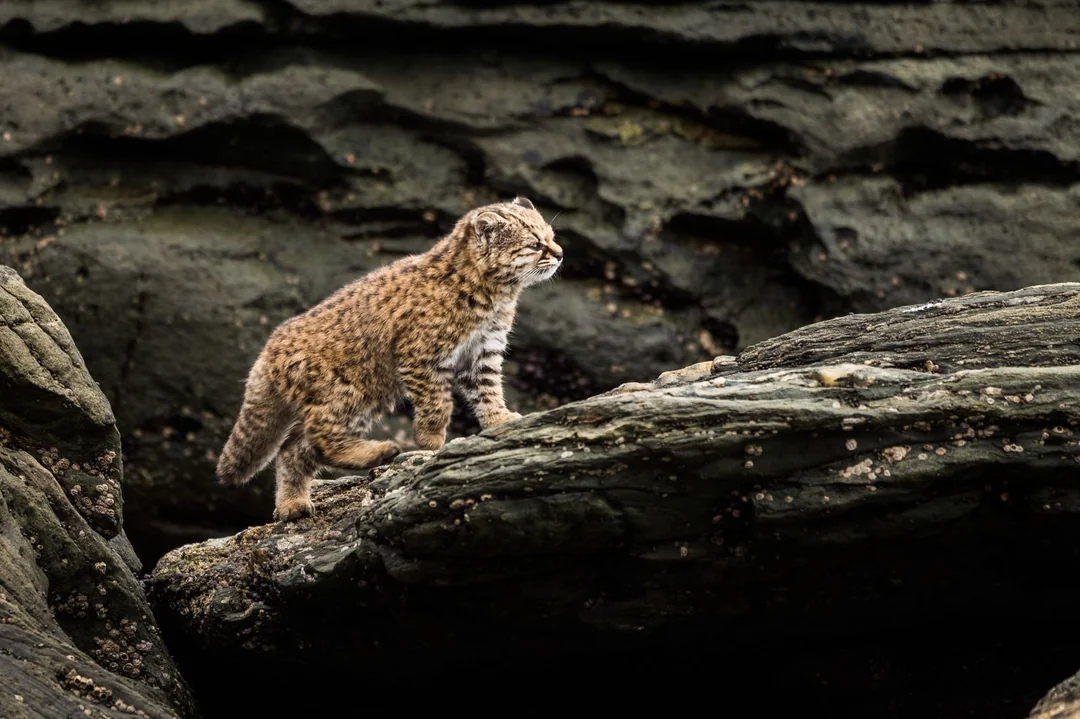
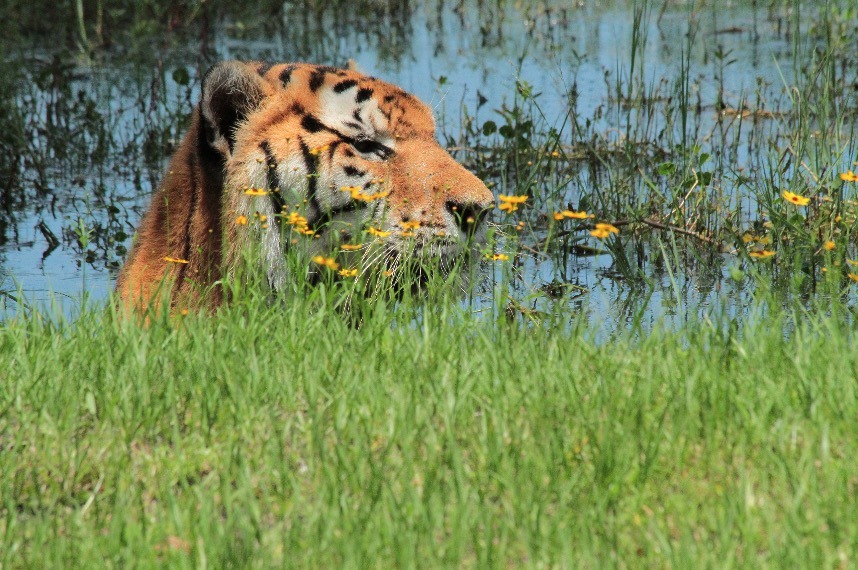
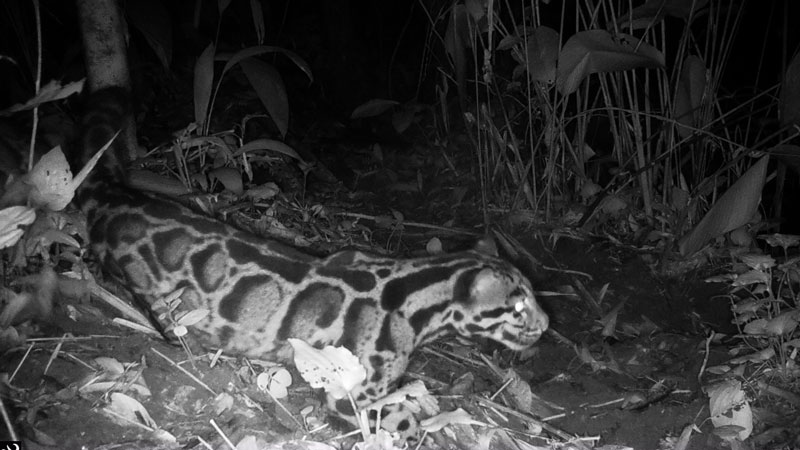
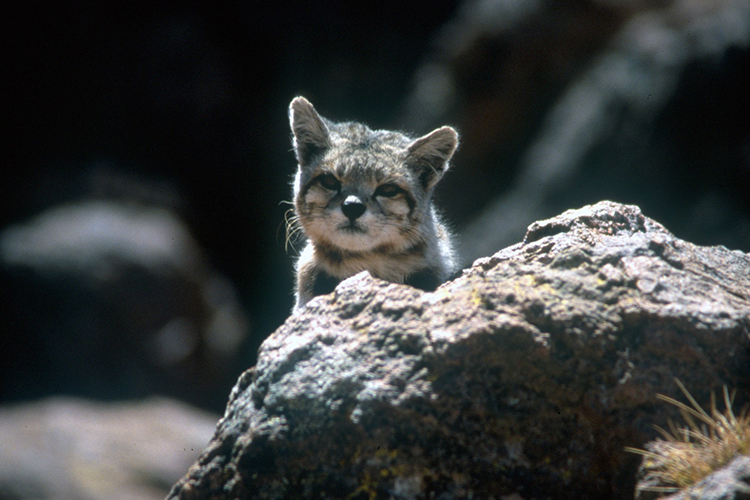
how to save snow leopards?
what
Best view i have ever seen !
Habitat loss, poaching and increasing conflict with communities have seen the world’s snow leopard population reduce drastically. Climate change is now putting the future of their mountain home at even greater risk. Installation of predator proof livestock pens to reduce livestock loss and retaliatory killing of snow leopards
Keeping a pulse of snow leopard population using robust monitoring tools, Engaging local community, tourists & the Indian army to protect the snow leopard, Enhancing and diversifying the livelihood opportunities for local communities, so that they benefit from sharing space with snow leopards.
I just donated 120$ To the Big Cat Rescue Fund!!! <3
I had this content saved a while ago but my notebook crashed. I have since gotten a new one and it took me a while to come across this! I also really like the design though.